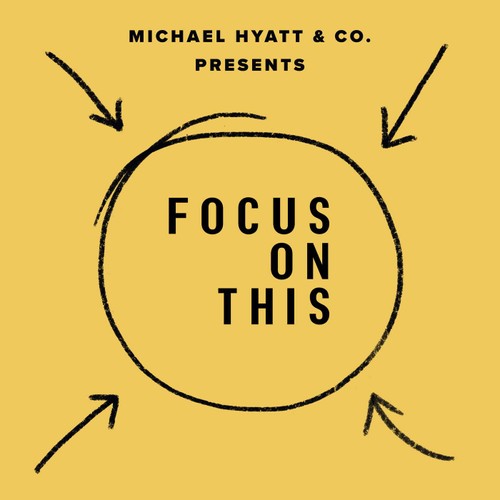
 Focus on This
Focus on This #96: How It’s Made: Full Focus Planner Edition
Jul 5, 2021
In this discussion, Adam Hill, the Director of Product Development and Design at Michael Hyatt & Company, shares fascinating insights into the creation of the Full Focus Planner. He reveals how every detail, from binding to paper quality, is thoughtfully selected. Adam recounts humorous anecdotes about its early design phases, including a manufacturing mistake that led to a beloved version. The conversation sheds light on incorporating user feedback, sustainability efforts, and the journey from concept to a best-selling planner.
Chapters
Transcript
Episode notes
